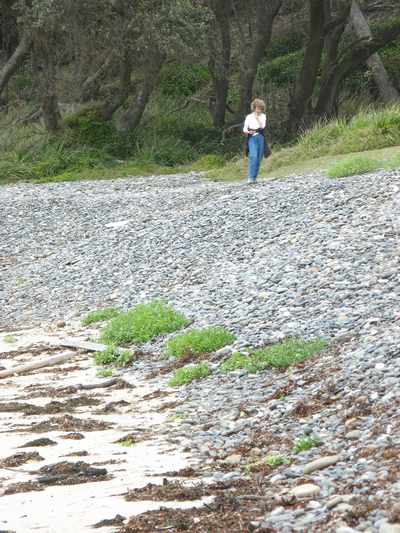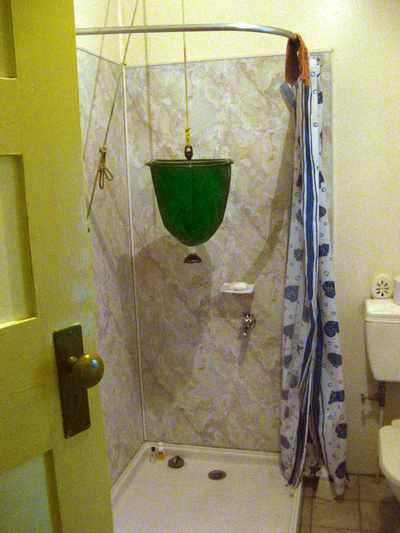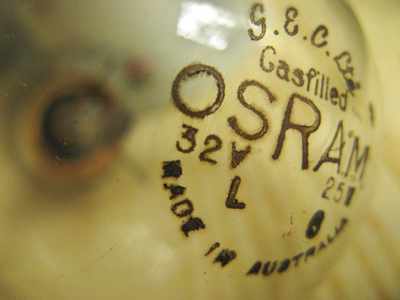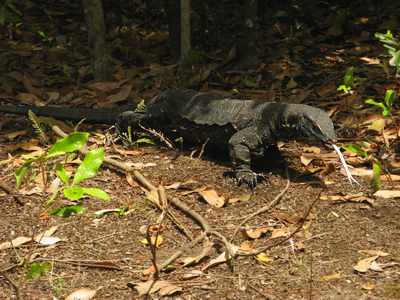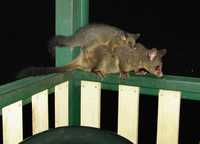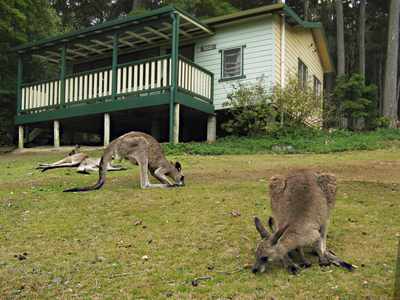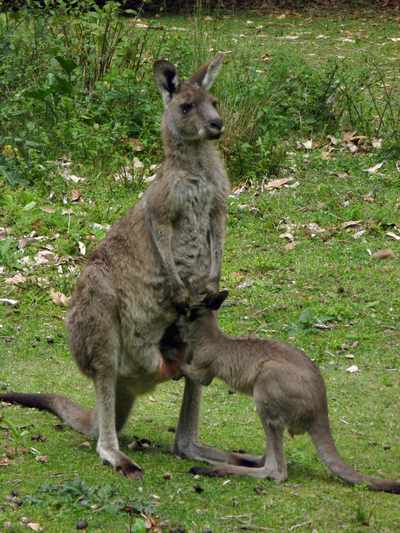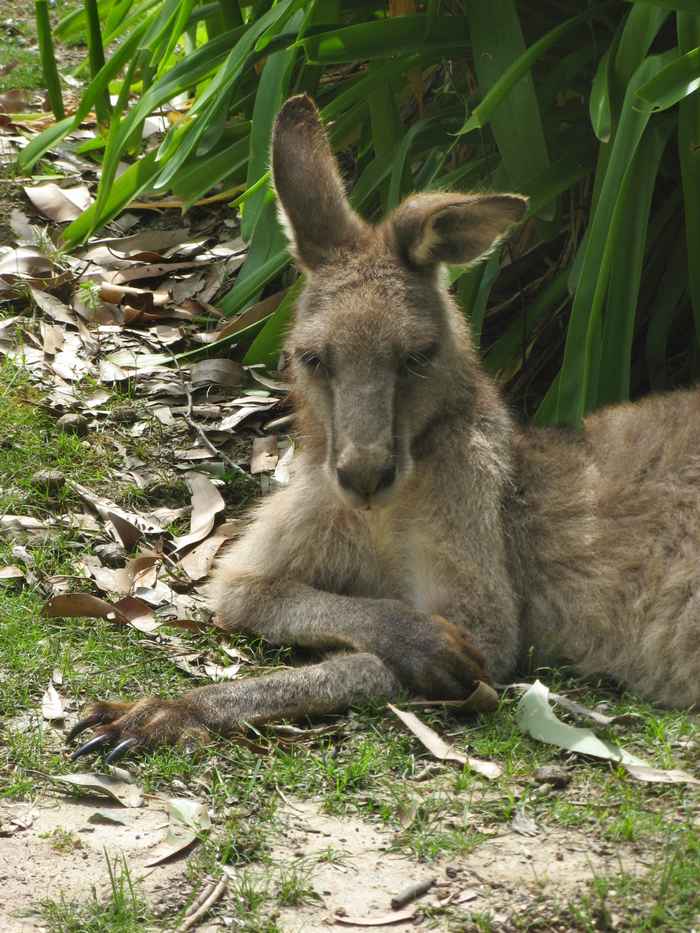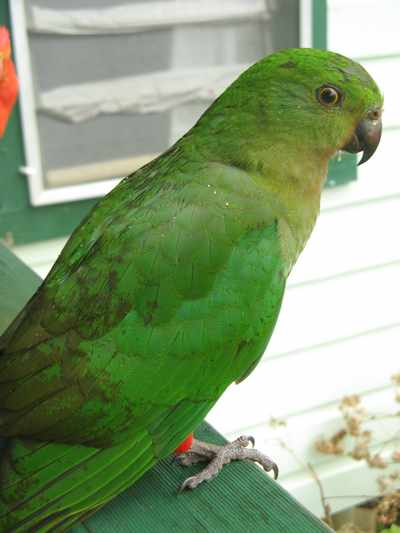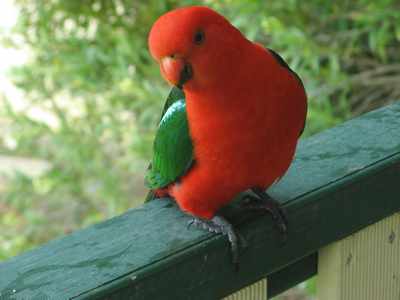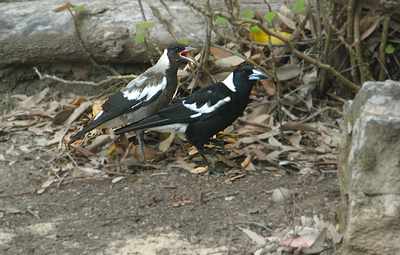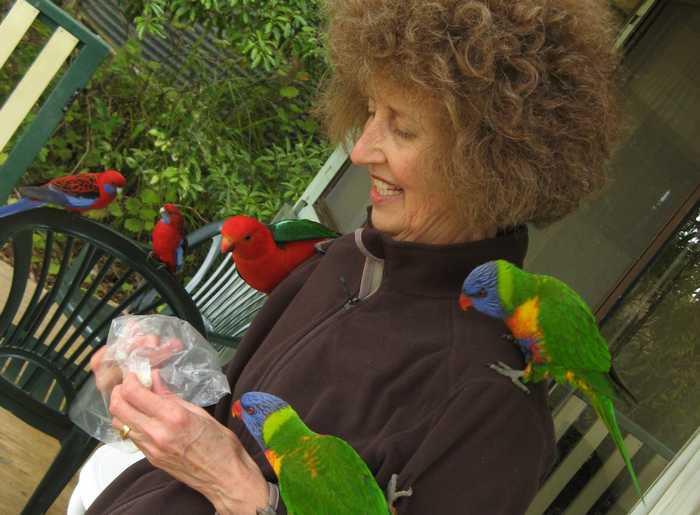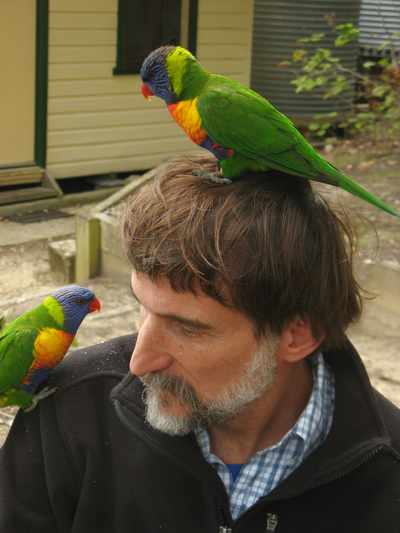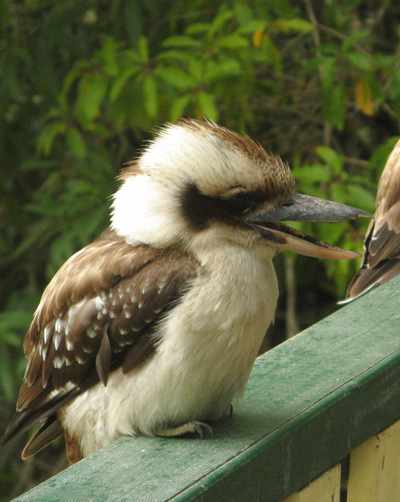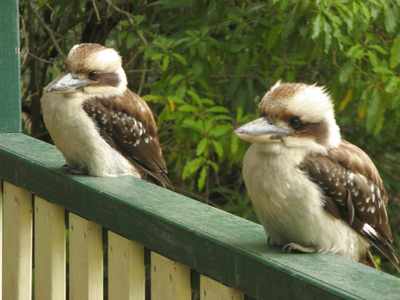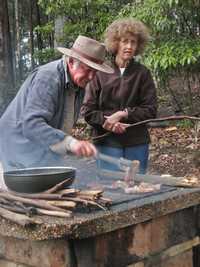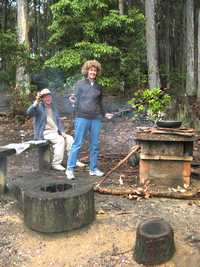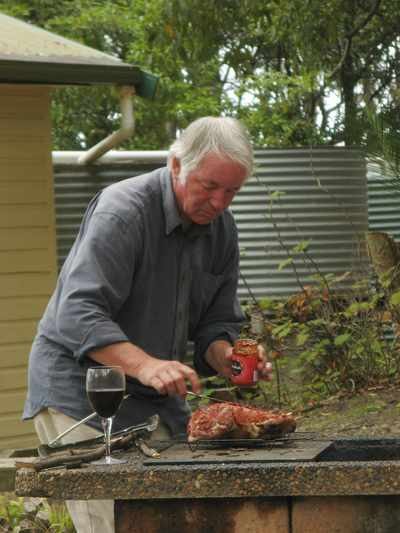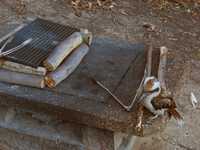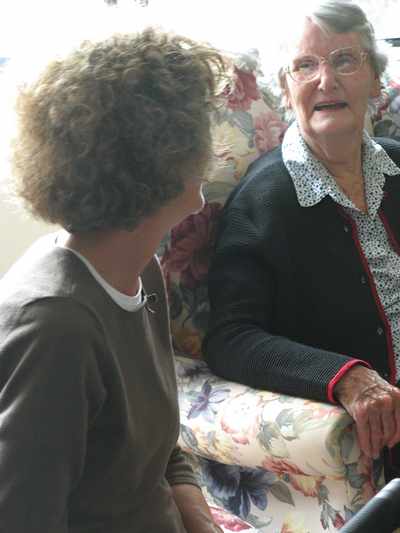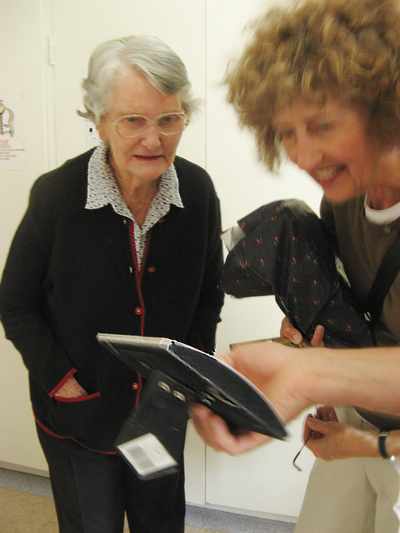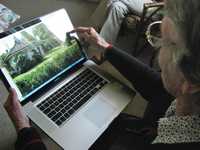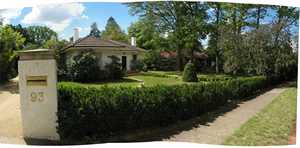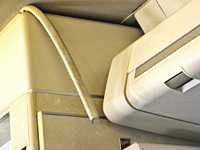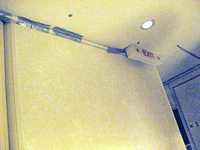Guerrilla
Bay, NSW
AUSTRALIA,
SPRING 2008 (November)
Robin
& I (Jerry) returned for nearly a month to Australia to visit
people neither of us had seen since we lived in Canberra for five years
in the 1970s. I was excited to see eucalypt-covered hills
from the airplane window -- California is dry, but not that color.
Waking to raucous birdsong told me on
first light that I loved the Australian countryside more than I knew.
We stayed in the country with Michael Brown in Gunning, a
small town north of Canberra, and made day trips to Canberra and the
people we knew there. Later photos come from Markdale, a
working sheep property, and Pebbly Beach, a nature reserve on the
coast. The Blue Mountains were our last refuge before
returning to Washington, DC from Sydney
.
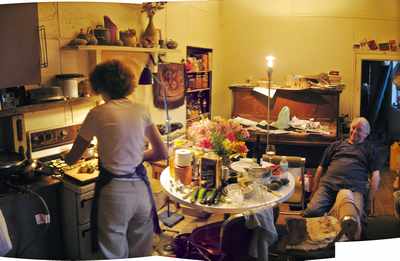 click any photo to enlarge
click any photo to enlarge
Robin
& Michael in Michael's kitchen, Gunning.
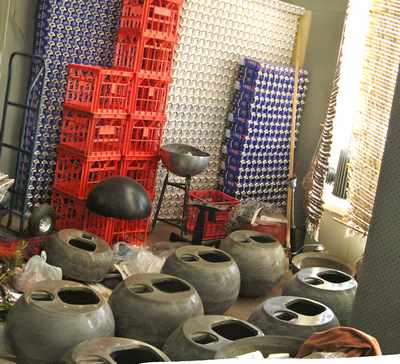
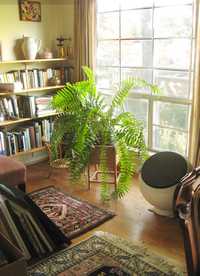 click
any photo to enlarge. Audiosphere
loudspeakers under construction in Michael
Brown's workshop in Gunning,
Australia, right, and the concrete Audiosphere
loudspeaker we bought from him in 1972 (right) in our home
in the USA. Those 80 lbs of concrete have followed us home
from Canberra and back and forth across the Atlantic as well
click
any photo to enlarge. Audiosphere
loudspeakers under construction in Michael
Brown's workshop in Gunning,
Australia, right, and the concrete Audiosphere
loudspeaker we bought from him in 1972 (right) in our home
in the USA. Those 80 lbs of concrete have followed us home
from Canberra and back and forth across the Atlantic as well
Michael
uses his Gunning building as a workshop to produce
Audiosphere
loudspeakers made of concrete. A single speaker
ways 80 to 130 lbs.
Technically, it matters that the enclosure is
spherical on the outside
(uniformity of frequency response, uniformity of sound field, sharpness
of stereo imaging). It matters that the enclosure
walls are
rock-solid (deep
bass response, lack of coloration). Today Michael has moved
on to smaller high-velocity drivers, minimal or no crossovers, and
isobaric paired speakers. The isobarics drive
harmonic distortion down in the bass
where speaker "motors" are non-linear (don't behave the same way going
"in" vs going "out"). In a word, purity through simplicity.
Our classic "woofer-tweeter-midrange" system has been left in
the dust. Sigh.
DETAILS: If you are familiar with design issues in high-speed
electronics buses and connection lines, then you'll find the issues
with rectangular speaker enclosures familiar. An
acoustic impedance
discontinuity at the end of a surface causes reflected
signals which create 10 and 15dB multipath distortions (destructive
interference) with the main signal, as well as robbing the
rear of the listening room of acoustic power.
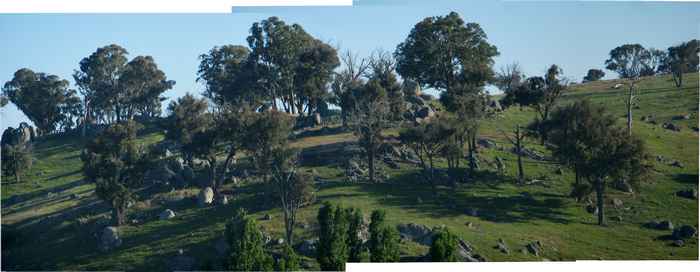
click
any photo to enlarge. A hillside on a property near Gunning,
NSW, Australia called "The Poplars".
The
smartest thing I did was go out with Michael on his morning school bus
run serving kids on the outlying properties. As the road
gives way to dirt and a kangaroo crossed our path, parrots I couldn't
photograph flashed by in rainbow colors.
Above: view out the school bus window.
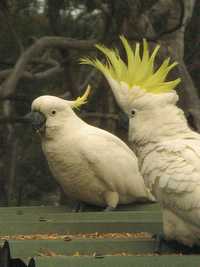
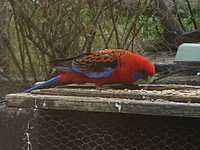
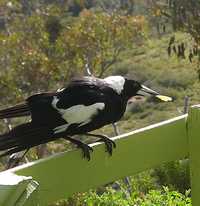 click
any photo to enlarge. Sulfur-crested cockatoos, crimson
rosella,
click
any photo to enlarge. Sulfur-crested cockatoos, crimson
rosella,
Australian magpie (Gymnorhyna hypoleuca).
If you don't get 3 photos side-by-side, you can pull your browser
window wider with the mouse.
Above: birds at any bird feeder in eastern Australia -- this feeder is
at John Ferguson's house.
click
any photo to enlarge
John
whistles the magpies in from across the valley (view from his home
office below). Magpies forage for grubs as robins
do, but are happy to snatch tossed cheddar cheese on the wing
or
sing for it. In aggressiveness they remind you of
Blue Jays.
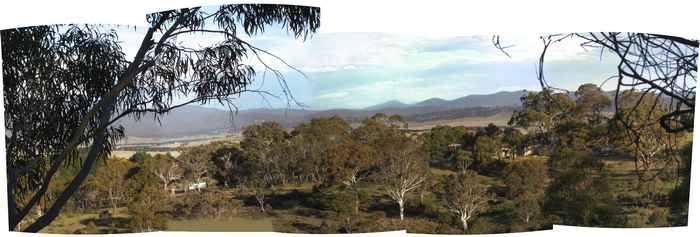
click any photo to enlarge
click
any photo to enlarge
Robin & Jerry, Sydney Airport, Sept 1976
Our total gear after camping in the Red Center.
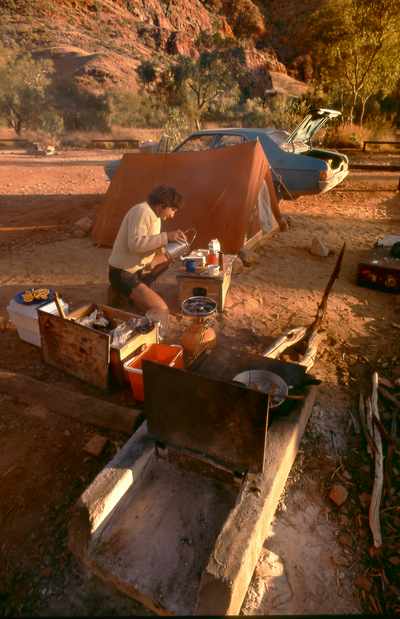
John lent us camping equipment in the '70s.
We approached Australia like our European honeymoon. And
after we had done the 3 cities and seen both museums, then what?
Our Dutch friends had the parties, but geologists had the
camping gear. After surviving "Canoe Tours Australia" with
Jonathan Doyle,
we told Ferguson we could survive anything. He lent us the
tent and two "Ferguson Boxes" from his last Greenland Expedition -- one
box was "kitchen", the other, the kitchen table. Canvas
rock-sample bags were perfect for rice, lentils and beans.
We flew into Alice, rented a silly city car utterly unsuited to
washboard dirt tracks, and set off for nowhere.
(right) Ormiston Gorge campsite, McDonnell Ranges,
September, 1976. Photo: Robin Nelson.
(below) Canoe trip with Jonathan Doyle, Founder, Canoe Tours Australia.
It was December 1975, one of his first runs. In
pubs up and down the Murrumbidgee they placed bets on how long it would
be before he killed one of us. Some said Our Leader
had once qualified for the Australian Olympic Swimming Team.
We prayed it was true. The food was fabulous.
Camping was the easier part of it. We decided to
mooch equipment and go camping.
Click any
photo to enlarge.
Click any
photo to enlarge.
Bruce Radke gestures to the solar cells (left) that feed power to his
battery shed (right).
The shed is also plumbed to a hillside dam with a 75 meter head of
water.
Until Australia's drought of the new millennium killed it, the
Pelton water wheel by Platypus
Power
(white enclosure, foreground) generated a steady 300 watts day and
night on
1.5 litres/second through a single, small 7mm aperture.
Now John was introducing us to Bruce Radke -- another geologist who
likes isolated, beautiful country and makes great coffee.
Bruce is an accomplished sculptor, which meant becoming
good in metalwork and welding.
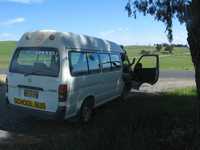
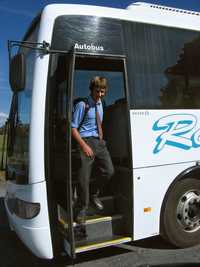
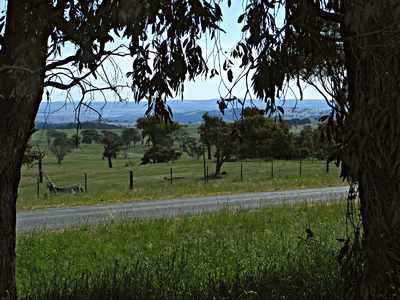
Click
any photo to enlarge.
Australian school bus service. Our host drives the feeder bus
(left) to the big bus (middle).
Kids come and go on the big farms -- the current high school run is for
a single student.
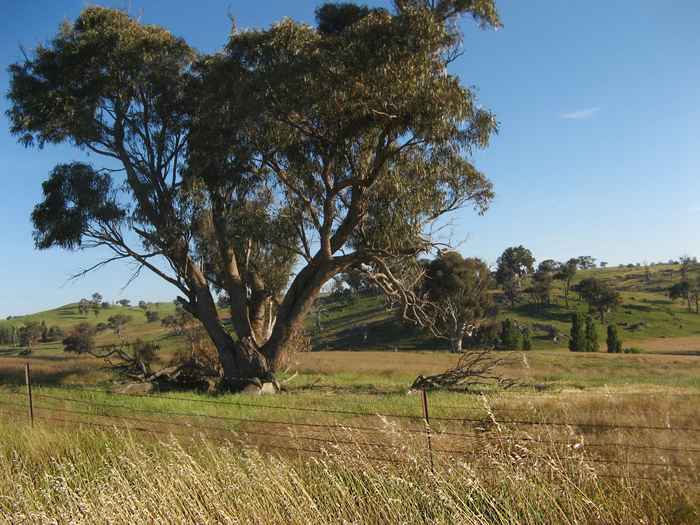
Click
any photo to enlarge.
Scenery out the school bus window, near Gunning, NSW, Australia.
GUNNING
& SOME TOWNS NEARBY
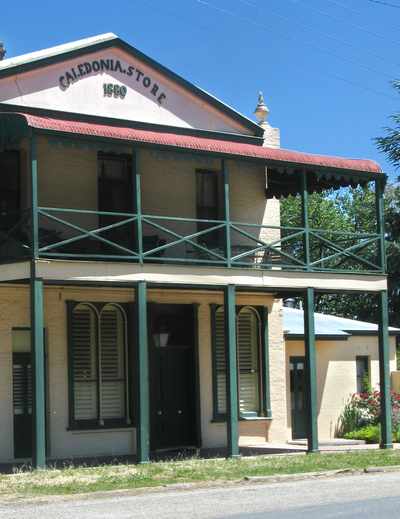

Click
any photo to enlarge
Living
in Gunning and driving in to see friends in Canberra, we pass through
Gundaroo (above) every time. (left) The Caledonia
Store, 1880, Gundaroo, NSW. Robin had an art show here in the
70's, opened by the Cultural Attache of the US Embassy,
Canberra, who bravely soldiered on after the town's power failed.
Gundaroo may be a sleepy town not on a main road,
but it has a Literary Institute & Library (right).
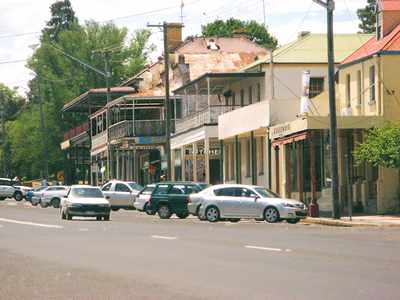
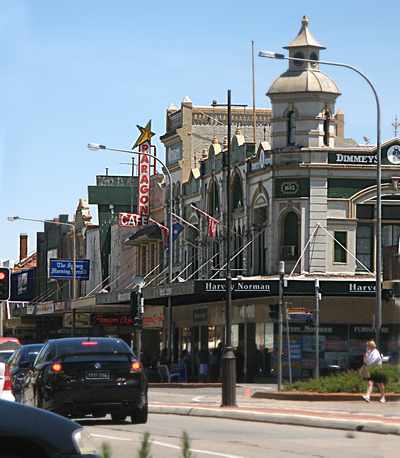
Click
any photo to enlarge
Country town Braidwood (left) and the local shopping town Goulburn
(right).
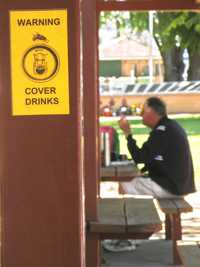
Keep
your drink covered in the town square lest flies get in (yellow sign).
Local dung
beetles didn't know what hit them when the first cow pie
fell. Sheep
imported by white men weren't that much better. Dung beetles
chew dung, killing the larva of other insects in it. They
roll it
into balls and bury it. Without them, Australia gets poor
soil and a rich crop of flies.
Hence the signs.
Fighting back, the Commonwealth Scientific and Industrial Research
Organization imported the biggest dung beetles they could find from
South Africa. To avoid past mistakes (think Rabbit Fence),
only the eggs were imported, and first they were washed in alcohol, so
many of them were duds.
When adult beetles were finally obtained, they were duds too --
indigestion. Without native commensal bacteria, their guts
couldn't handle the dung. More research money -- shit-eating
bacteria for a strong Australia, cure upset tummies in
insects. You can see the Golden Fleece Award coming.
http://en.wikipedia.org/wiki/Golden_Fleece_Award
Fast forward 30 years and everyone sees fewer flies, but critics say
it's the drought.
GUNNING:
OUR COUNTRY-TOWN HOME

Robin
Nelson, Michael Brown at Gunning Post Office
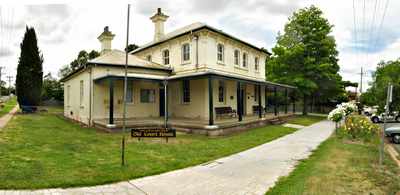
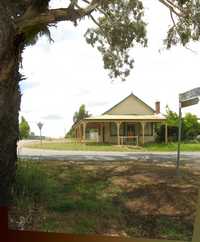
Click
any photo to enlarge
The
Old Court House on the main street, Gunning, NSW, Australia
(left).
The old butcher shop (right) is up a side street. Some towns in the
rural U.S.
Midwest still have this feel, if not the wrap-around verandas.
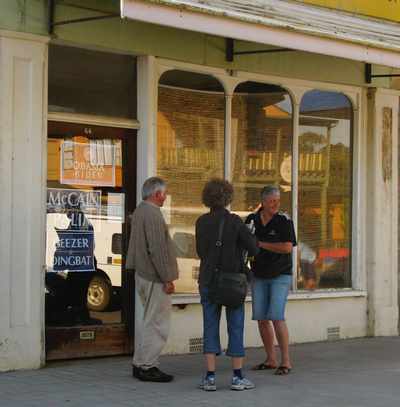

Click
any photo to enlarge
We
flew to Australia a couple days after the Obama Presidential Election
and brought our treasured McCain/Palin--Geezer/Dingbat signs
with us. The first three people to speak with us
spontaneously mentioned fears of an assassination. The U.S.
must be seen abroad as a violent
culture.
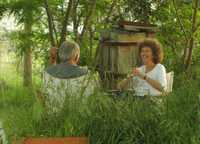
After trips to Canberra (below), Robin regales Michael Brown with our
adventures in the quiet of his Gunning backyard.
CANBERRA:
JCSMR & GEOFF HENRY

Click
any photo to enlarge
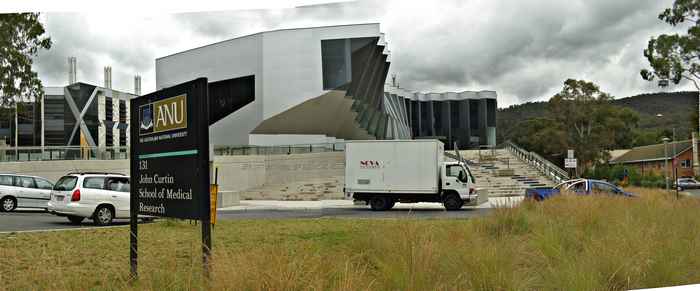
Click
any photo to enlarge
The old brick JCSMR (John Curtin School of Medical Research) building
where I worked and the new ones. Two Nobel Prizes are
associated with the old building, although
one
winner came after key discoveries in
New Zealand and the other
had
to leave in the middle of them (twice) for want of tenured
positions.
Click
any photo to enlarge
Paintings
by two artists, one a computer programmer, the other a neuroscientist
who sometimes recited poetry while prepping up for surgery.
Two guesses which is which.
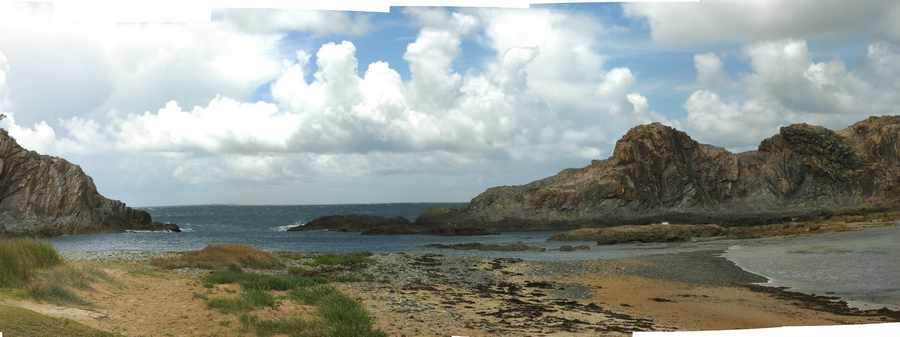























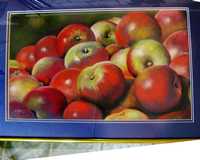

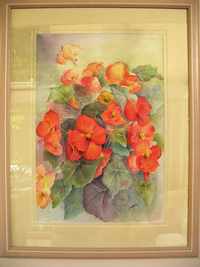
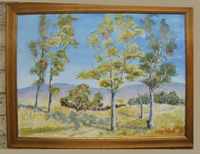
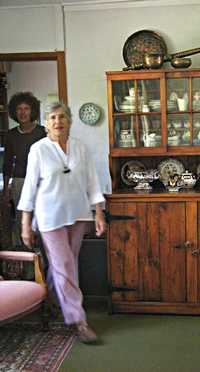
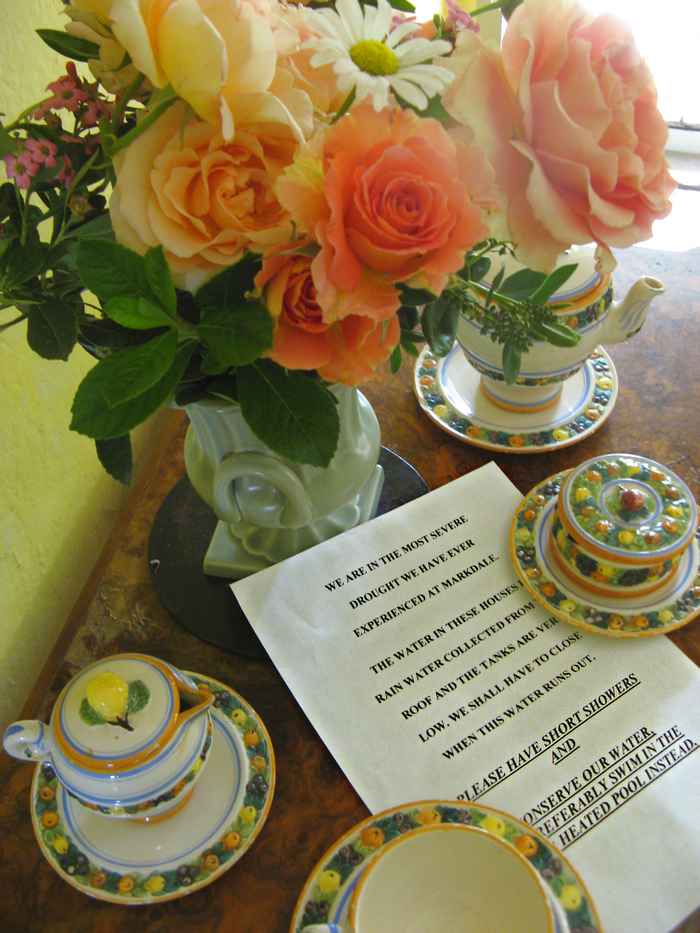
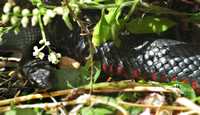

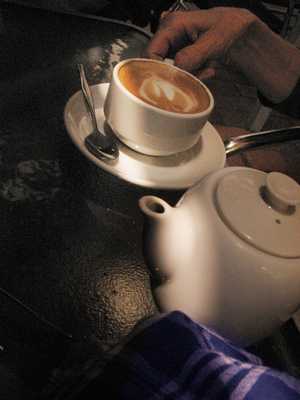

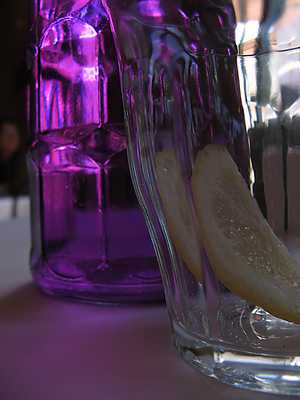
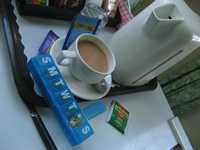

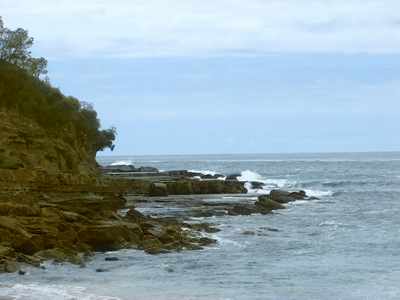
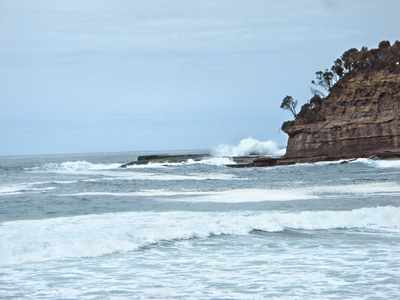
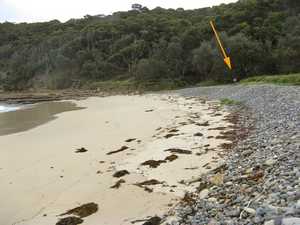 Robin
(arrow) hunting for the best rocks on Pebbly Beach.
Robin
(arrow) hunting for the best rocks on Pebbly Beach.